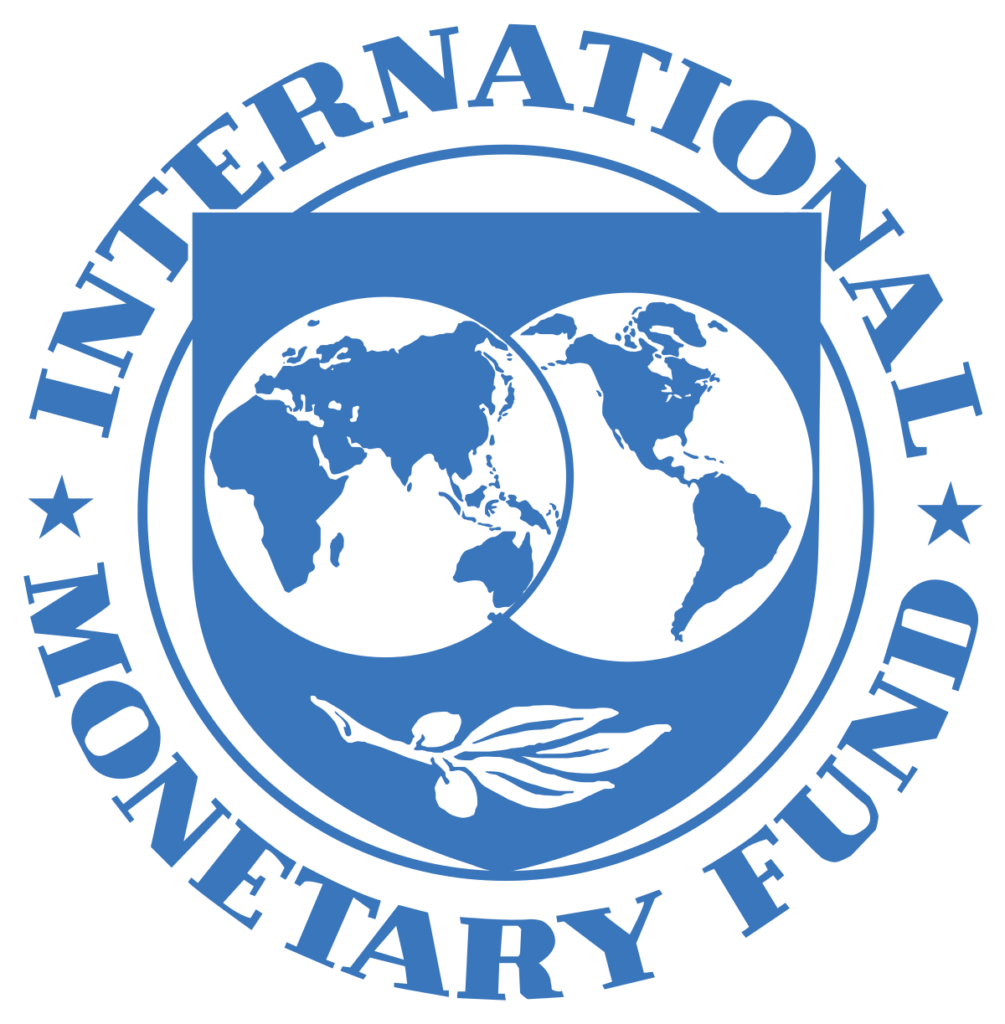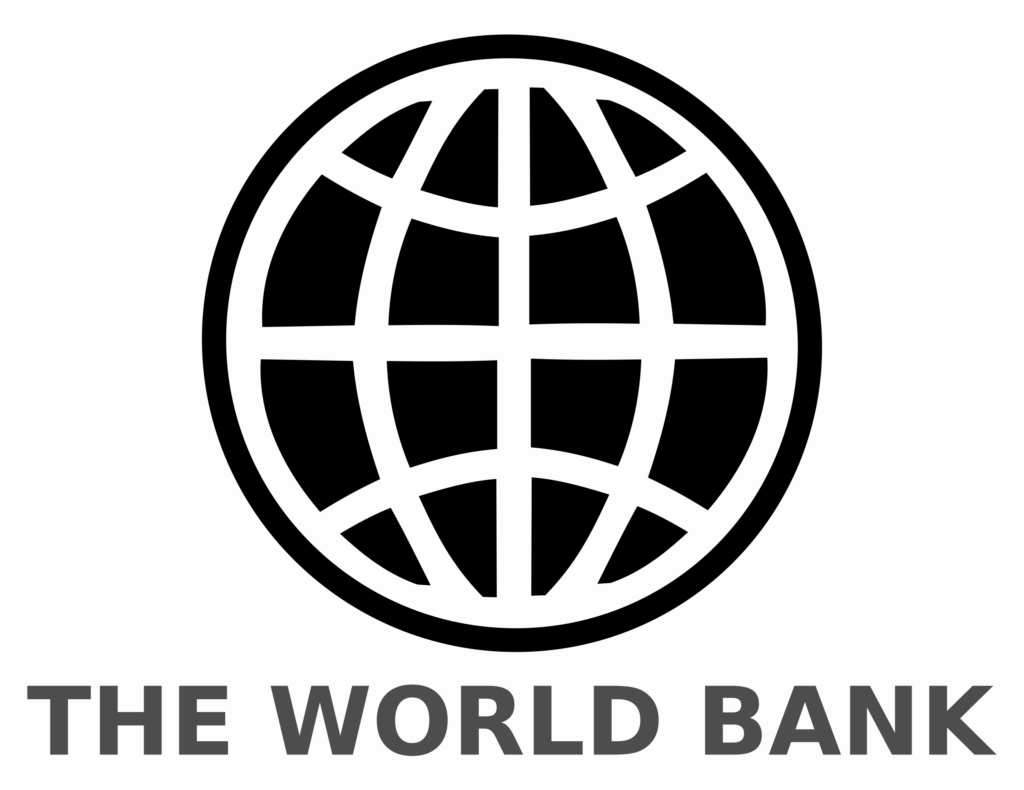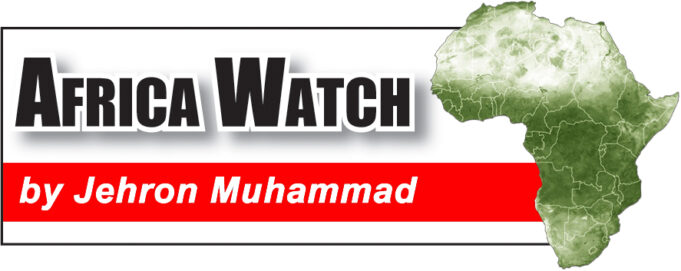The Honorable Minister Louis Farrakhan said in New Orleans in 2008, that “After slavery, we (Blacks) were forced into sharecropping. Small country merchants took the place of plantation owners and used debt rather than the whip to keep the Black man picking the necessary cotton for the world economy.”
Just as the revitalized southern cotton barons and their northern affiliates trapped African descendants under a new form of slave labor, the World Bank along with the International Monetary Fund (IMF) have trapped countries in Africa and other regions in the Global South with unpayable debt, according to a recent Geopolitical Economy Report by Ben Norton.

Debt as a form of imperialism went global, as mentioned in David Graeber’s 2011 book “Debt: The First 5,000 Years.” He frames the IMF as the world’s debt enforcers or “The high-finance equivalent of the guys who come to break your legs.”
Graeber explained how modern day capitalism encouraged the debt that underdeveloped Global South countries encountered. This debt crisis for the Global South began after the 1970s oil crises resolution, with OPEC countries, (some reports say with threatened U.S. military intervention a possibility) pouring “so much of their new-found increased oil price riches (called petrodollars), into Western banks that the banks couldn’t initially figure out where to invest it.”
In his 2003 book, “The New Imperialism,” David Harvey explained, “With the influx of petrodollars into U.S. banks recentered global financial activity in the U.S. … coupled with reforms rescued New York from its own economic crisis.” The results, he explained, was “a powerful Wall Street/U.S. Treasury regime with controlling powers over global institutions (such as the IMF) and able to make or break many weaker foreign economies through credit manipulations and debt management practices.”
Flush with cash, financial institutions like Citibank and Chase Manhattan traveled the world seeking to convince, “Third World dictators and politicians to take our loans (at the time, this was called ‘go-go banking’),” Harvey continued.

This began with extremely low-interest rates that eventually skyrocketed to upwards of 20 percent, due to tight U.S. money policies of the 1980s and 90s, noted Mr. Graeber. This led to Africa’s debt crises. The IMF stepped in to insist that in order to obtain refinancing, poor countries would be obligated to abandon price supports or subsidies on foodstuffs. They were even encouraged to relinquish the keeping of “strategic food reserves,” and “abandon free health care and free education.”
The tragic results, wrote Mr. Graeber, led to the collapse of all the most basic support for some of the world’s poorest and most vulnerable countries. The Geopolitical Economy Report by Mr. Norton also echoes these demands that imposed a series of harsh right-wing neoliberal economic policies as part of the so-called structural adjustment programs.
These policies included “forcing countries to privatize state assets, reduce the minimum wage, cut social services, reduce spending on health care and education (and) privatize all state-owned companies, (as well as) deregulate markets,” the report noted. These are the “free market fundamentalist policies that are imposed on countries, especially in the global South when they can’t pay back debt to the World Bank or the IMF.”
Mr. Graeber calls these loans “utterly irresponsible.” He wrote that they were made “with the full knowledge that, once it became known they had done so, politicians and bureaucrats would scramble to ensure that they’d still be reimbursed anyway, no matter how many human lives had to be devastated and destroyed in order to do it.”
While U.S. Treasury Secretary Janet Yellen, the former chair of the Federal Reserve Bank, is saying the IMF, and World Bank, is a “counterweight to China,” Antonio Guterres, the United Nations Secretary-General, said that the IMF has “benefited rich countries instead of poor ones.” What contributes to Africa’s debt crises?
According to Foreign Policy Africa Brief, “The U.S. dollar is the strongest it has been in two decades, which has squeezed lower-income nations that are reliant on oil imports and borrow in dollars to fund state services—often at exceptionally high-interest rates.”
Until recently, the U.S. and UK could borrow at less than one percent interest, whereas private lenders have charged countries in Africa between seven to 10 percent, explained Tim Jones, head of policy at Debt Justice, and international charity. “From what I can see, it is a self-fulfilling prophecy. The lenders claim that the loans are risky, but because they charge high-interest rates, that creates the risk,” Jones said.
Follow @JehronMuhammad on Twitter













